A one-in-10,000 genetic sensation - discover the stunning split-sex butterflies.
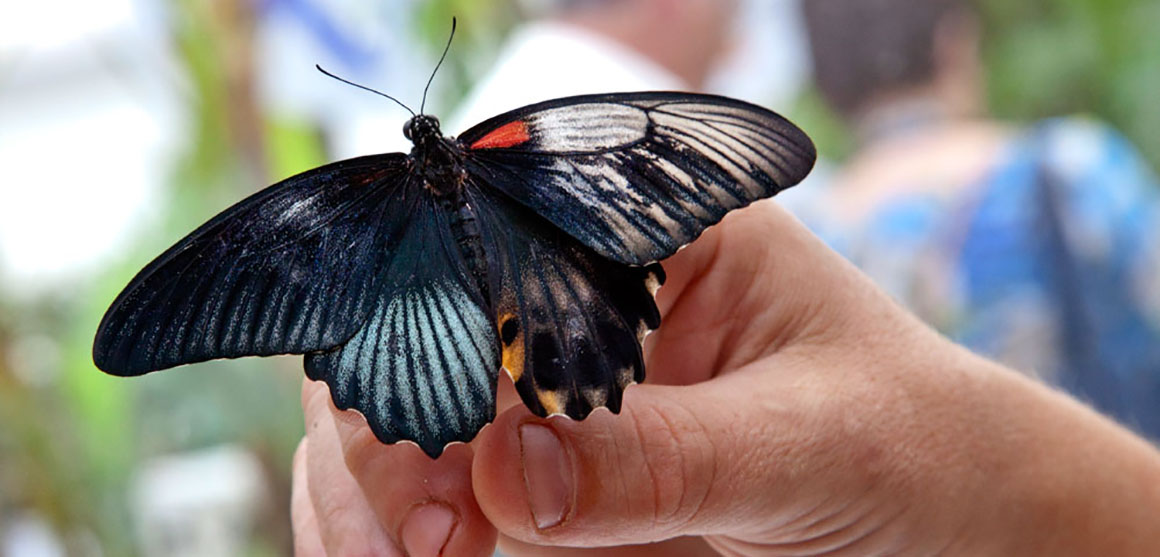
Gynandromorphs can be split equally down the middle, with one set of male wings and one set of female ones
A handful of creatures are born divided down the middle, one half male and the other female, two sexes in one body.
It's a phenomenon called bilateral gynandromorphism, and it was spotted three times between 2008 and 2016 at Sensational Butterflies, our temporary exhibition of live butterflies and moths, which closed in 2018.
All three insects had two equal-sized, perfectly formed halves - one of each sex.
Butterfly expert Luke Brown says it's rare to see even one dual-sex insect.
He says, 'Pure bilateral gynandromorphs are very unusual. Some organisms are a patchwork of male and female parts, but it is rarer to get a perfect split. I had only ever come across two in my whole career when we spotted the first one in the butterfly house.'
Asymmetrical wings
One of the Museum's gynandromorphs was a great mormon (Papilio memnon) from Asia, which emerged in 2011. Its male half was almost black, but the female half was paler with blue, red and tortoiseshell flecks.
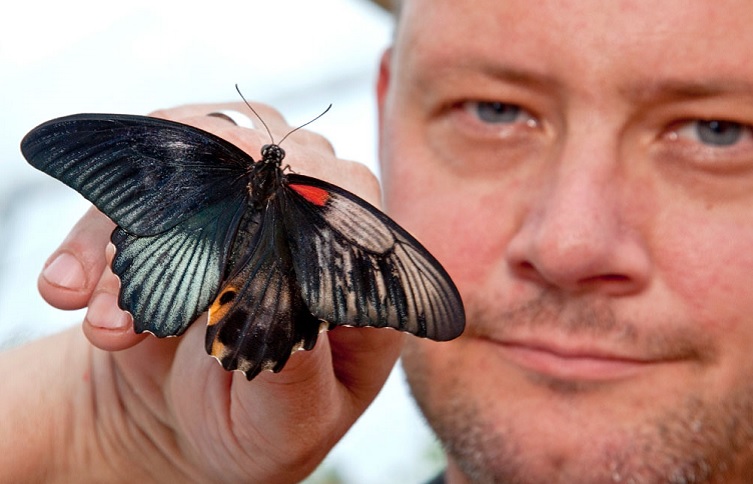
Gynandromorphy happens at random, affecting one in 10,000 butterflies
The asymmetrical insect was split by a visible line down its body, with different antennae and legs on either side - as if a pair of butterflies had become fused together.
Luke explains, 'It had both male and female wing colourings, genitalia and body shapes.
'I was bouncing off the walls when I learned it had emerged in the puparium (the area containing the butterfly pupae or chrysalises). Many permanent butterfly exhibitions will go through their entire existence without ever seeing one of these rarities.'
All in the genes
Gynandromorphy happens in a range of species, from spiders to birds, but is unheard of in humans.
It affects about one in 10,000 butterflies, and it’s noticed more often than in other species because differences in the insect’s vibrant wings can be striking.
There are a range of theories about how gynandromorphy occurs. Scientists think it may happen in insects when two sperm enter a single egg.
One sperm fuses with the egg cell's nucleus and develops normally as a female. A second sperm develops in the cell's fluid as a male, meaning both a male and a female grow in the same embryo.
Gynandromorphy is different from hermaphroditism, where an organism has both male and female reproductive organs, but has external characteristics of only one sex.
Luke says, 'We don't know why we have had three cases at the Museum in a relatively short space of time.
'Gynandromorphism is just one of those things that happens at random, with no clear cause of the genetic behaviour.'
Future study
The specimens born in the Museum's puparium are now preserved in the collections for future study, and could help scientists studying the genes of insects.
Luke says, 'As well as the three gynandromorphs that have emerged at the Natural History Museum, I have also had two emerge in my own butterfly house.
'One was from a species where the male and female butterflies look very similar so it was not quite as dramatic.
'One gynandromorph would have been great - to have five is incredible. I must buy a lottery ticket sometime soon.'
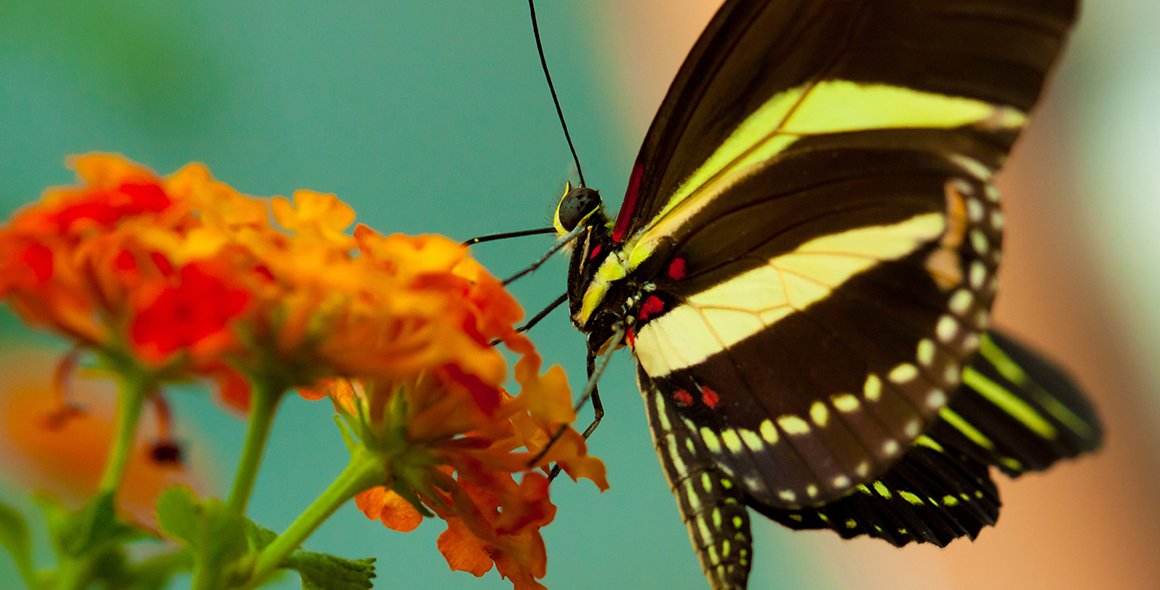

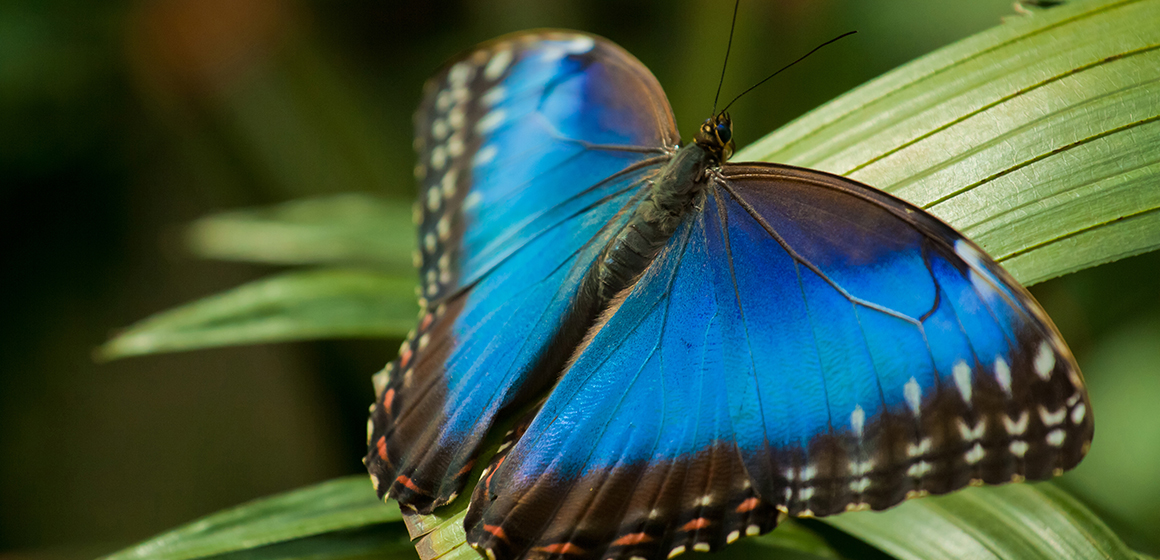
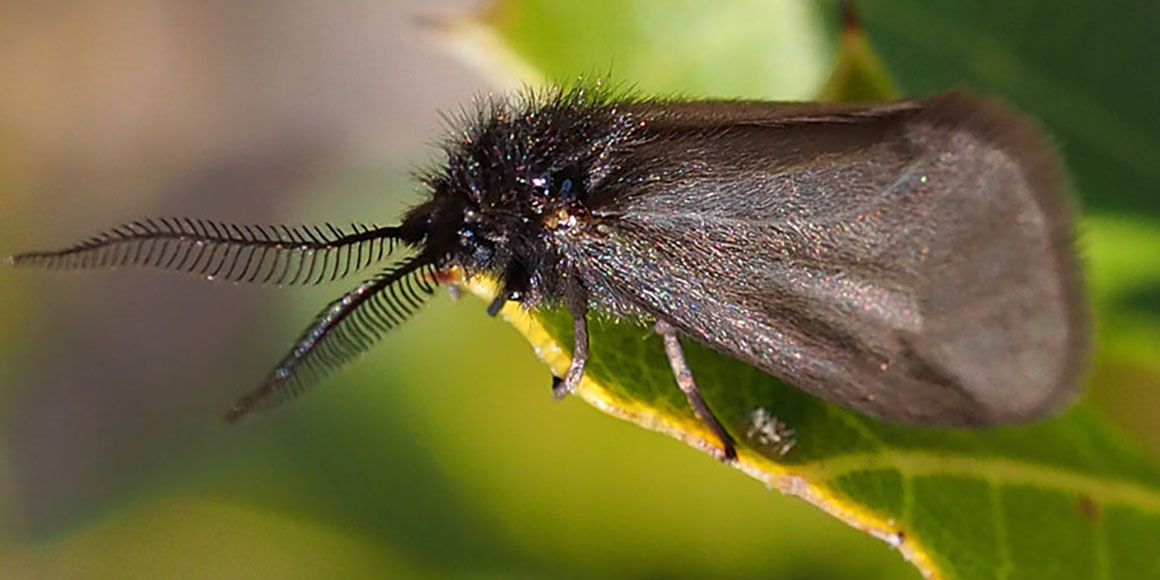
Don't miss a thing
Receive email updates about our news, science, exhibitions, events, products, services and fundraising activities. We may occasionally include third-party content from our corporate partners and other museums. We will not share your personal details with these third parties. You must be over the age of 13. Privacy notice.
Follow us on social media